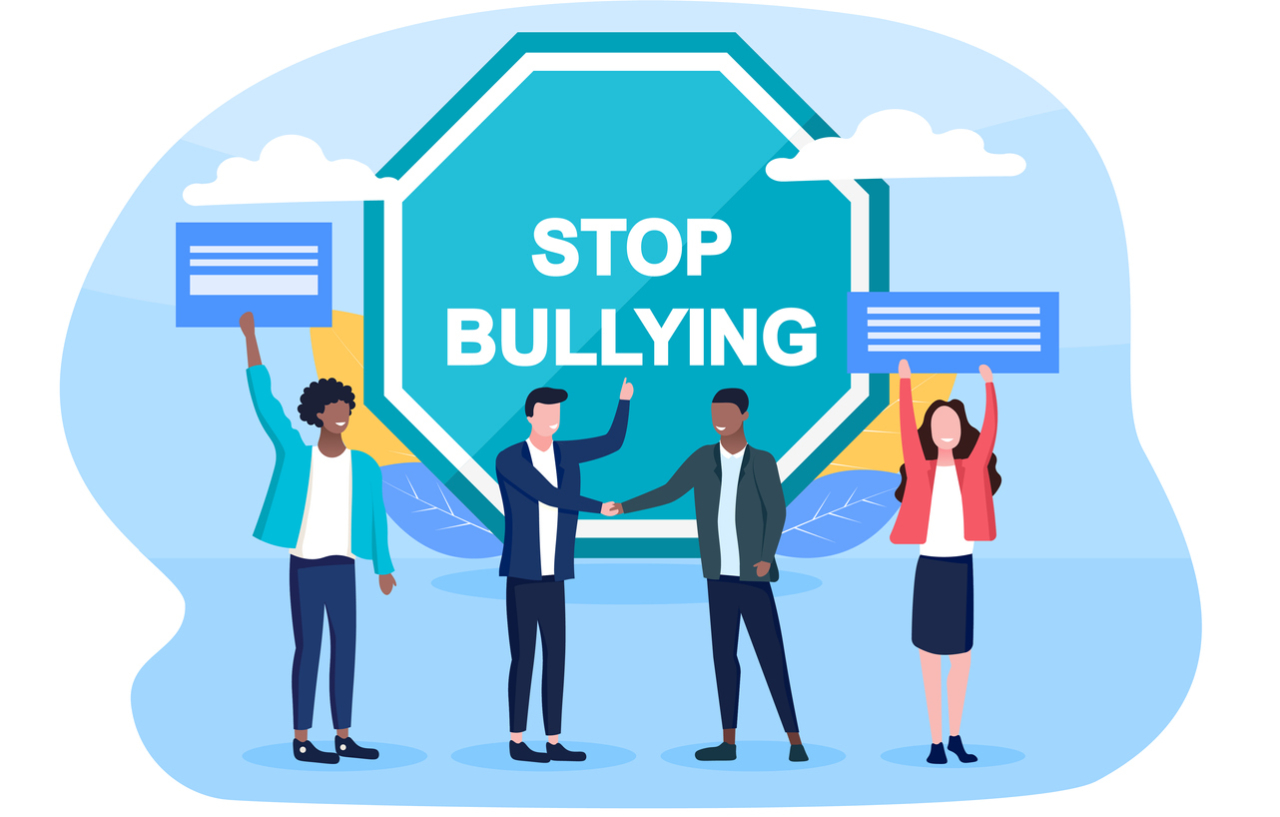
If you do much research at all you will find that one of the main causes of conflict in the workplace is bullying. We have all probably experienced a bully when we were growing up. Some of us may have even been a bully to other people. Unfortunately, bullying is not something that ends when we leave school. Bullying is common in our workplaces. Whether it is an overt or covert act or threat, whether it is from the top down, from our peers, or from the bottom up, bullying does not create a conducive workplace.
We need to remember one of our ‘Mandtras’ that “in this place and with these people, I feel safe.” These are words that not only people we support should be able to feel and say, all staff should also feel safe in their workplace with their coworkers. When staff do not feel safe in their workplace and/or with their coworkers, they will not provide the best service they are capable of, regardless of their job position.
For any organization utilizing The Mandt System that truly believes in what we teach, there is a simple way to prevent conflict in the workplace in the form of bullying. If every person in your organization practices what is trained in the Relational Chapters (Healthy Relationships, Communication, and Conflict Management) that will reduce or eliminate the workplace bully. I have, however, had a workplace where everyone, including top management, was trained in the Relational Chapters. The issue was not the training but the practice of that training. Top management would yell at staff, threaten them, and take punitive action against them when they did not do what top management wanted (whether it was ethical or not).
Another of our ‘Mandtras’, “affirm the feeling, choose the behavior,” also comes to mind when thinking about workplace conflict and bullying. If all staff would remember that simple phrase when dealing with coworkers, there would be fewer bullies. Just because someone did something or said something I didn’t like does not mean I can or should be mean or disrespectful back to them. We are all in this together. We all need to work together to provide the best possible services. So, whether we are bullied or we find ourselves being the bully, if we take the moment, affirm the feeling, and choose a positive, supportive behavior, we can help overcome workplace bullying. If you find yourself on the receiving end of bullying, assertive and authentic communication (standing up for your point of view while also respecting the other person’s point of view) would be that positive, supportive behavior. If you find yourself on the bully side of the equation, taking that moment, affirming the feeling, and choosing a better behavior would be that positive, supportive behavior.
Dr. Dale Shannon – Director of Instructional Design



